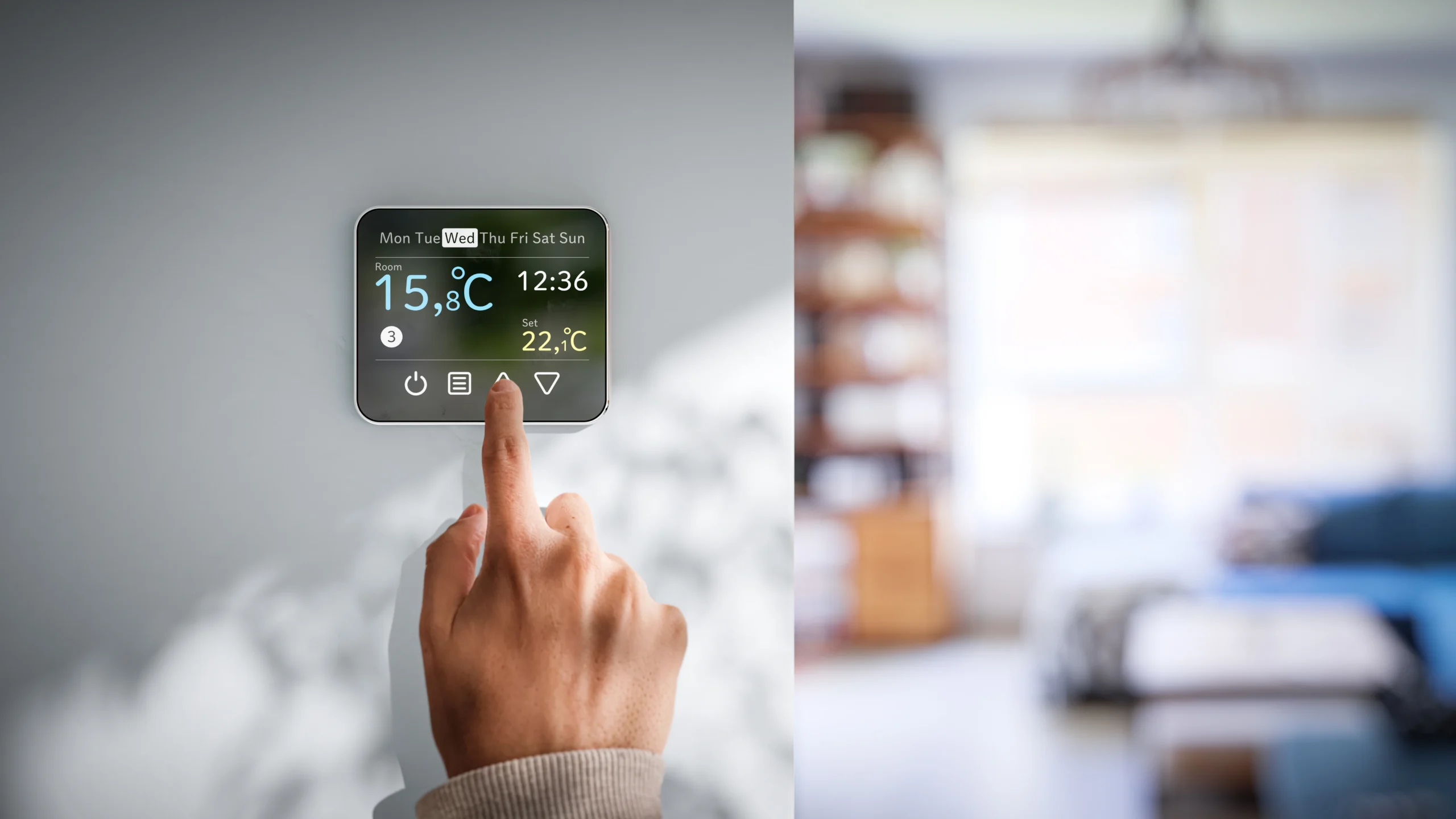Should you have underfloor heating on all the time?

Should You Keep Your Underfloor Heating on All the Time?
Underfloor heating (UFH) has become an increasingly popular choice for homeowners due to its energy efficiency, even heat distribution, and luxurious comfort. However, a common question arises: Should underfloor heating be left on all the time, or is it better to turn it off when not in use?
The answer depends on several factors, including the type of underfloor heating system, the level of insulation in your home, your heating preferences, and energy efficiency considerations. Below, we explore these aspects in detail to help you determine the best approach for your home.
1. Understanding the Two Types of Underfloor Heating Systems
Before deciding whether to leave your underfloor heating on constantly, it’s important to understand the two main types of UFH systems:
Water-Based (Hydronic) Underfloor Heating
Water-based UFH systems circulate warm water through pipes embedded in the floor, typically powered by a boiler or a heat pump. These systems operate at lower temperatures than traditional radiators but provide continuous and even heating.
✅ Best for long-term, steady heating
✅ Most efficient when left on at a low, consistent temperature
✅ Works well with smart thermostats and zoning controls
Since water-based systems take longer to heat up and cool down, turning them on and off frequently can reduce efficiency and increase energy consumption. Instead, it’s generally recommended to keep them running at a low, steady temperature, particularly in colder months.
Electric Underfloor Heating
Electric UFH systems use heating cables or mats installed beneath the flooring. Unlike water-based systems, they heat up quickly and can be controlled in a more on-demand fashion.
✅ Heats up and cools down faster than water-based UFH
✅ Better for small rooms, such as bathrooms or kitchens
✅ Can be turned on and off as needed for cost efficiency
Because electric UFH responds quickly, it doesn’t necessarily need to be left on all the time. Instead, it can be switched on when needed, particularly in rooms where heating is only required for short periods.
2. The Role of Insulation in Underfloor Heating Efficiency
Regardless of the type of UFH system you use, insulation plays a critical role in determining how long heat is retained in your home. Proper insulation minimizes heat loss and ensures the system operates efficiently.
🔹 Well-Insulated Homes: If your home is well-insulated, heat will be retained for longer, reducing the need for UFH to run constantly. This means you can set the system at a lower temperature without losing comfort.
🔹 Poorly Insulated Homes: Homes with little or no insulation lose heat more quickly, requiring UFH to stay on longer to maintain a comfortable temperature. In these cases, investing in insulation boards or underfloor heating-specific insulation can significantly improve efficiency and reduce running costs.
3. Best Practices for Running Underfloor Heating Efficiently
Here are some practical tips to maximize the efficiency and comfort of your UFH system:
✅ Set a Consistent Temperature
Instead of frequently turning UFH on and off, maintain a steady temperature throughout the day. For water-based UFH, a setting of 20-23°C is typically ideal for comfort and efficiency.
✅ Use a Programmable Thermostat
A smart thermostat or zoning controls allow you to adjust temperatures based on the time of day, ensuring you’re only heating rooms when necessary. This can save energy and reduce heating costs.
✅ Lower the Temperature at Night
While you may not need the same level of warmth while sleeping, turning off UFH entirely can cause the floor to cool too much, requiring excessive energy to reheat in the morning. Instead, lower the temperature slightly at night for a gradual warm-up in the morning.
✅ Optimize Usage Based on Room Function
- Living areas: Keep UFH on at a comfortable, steady temperature throughout the day.
- Bathrooms & Kitchens: Use electric UFH in short bursts as needed.
- Bedrooms: Set a lower temperature overnight and increase warmth before waking up.
4. Should You Turn Off Underfloor Heating in Warmer Months?
During the spring and summer, it may not be necessary to keep UFH on constantly. Instead, you can:
🔹 Reduce the heating temperature gradually as outdoor temperatures rise.
🔹 Use thermostats to control room temperatures individually.
🔹 Completely turn off UFH in rooms where heating is no longer required.
For water-based systems, it’s recommended to lower the thermostat rather than switch off the system entirely, as completely cooling down pipes can sometimes lead to expansion and contraction issues when restarted in colder months.
Conclusion: Should You Leave Underfloor Heating on All the Time?
🔹 For water-based UFH: Keeping the system on at a low, steady temperature is the most efficient way to maintain warmth and avoid excessive energy use.
🔹 For electric UFH: It’s more cost-effective to turn the system on only when needed, as it heats up quickly and does not require constant operation.
🔹 For well-insulated homes: You can run UFH less frequently while maintaining warmth. For poorly insulated spaces, additional insulation can improve efficiency and reduce energy costs.
By following best practices and using smart heating controls, you can ensure that your underfloor heating system operates efficiently, providing comfort without unnecessary energy waste.
